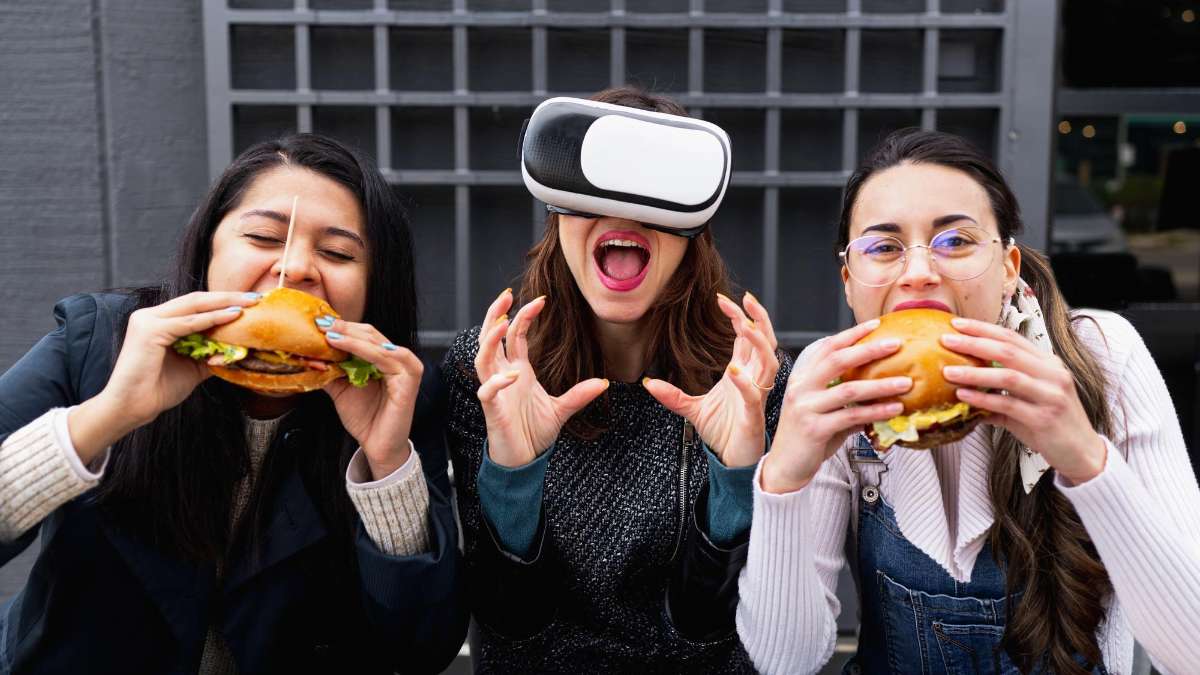In February, the news came out that McDonald’s had filed trademark applications to open virtual restaurants in the metaverse. This initiative by McDonald’s coincides with a period when virtually every enterprise is experimenting with various aspects of the metaverse. This digital realm incorporates elements of the real world as well as aspects of virtual reality, allowing users to discover new brands, go to concerts, participate in and earn through games, attend meetings, communicate with friends, and now, order food without so much as putting down their headsets.
Food in the Metaverse is taking various forms as food companies explore how to integrate the virtual world into the consumer food experience. Here are a few interesting examples:
Gary Vee’s Flyfish Club
Set to launch in 2023, Gary Vee’s private dining club will be the world’s first NFT restaurant with exclusive memberships. On its January 7th public sale of 1,151 NFTs for Flyfish Club’s ordinary membership, and its exclusive membership includes access to a club and upscale seafood restaurant, patrons can purchase an omakase membership that gives them access to reservations at a 14-seat omakase room where a still anonymous master sushi chef will serve fresh fish from Japan. Apart from the membership payment, members are still required to pay for their food. However, membership can be leased out for periods, or sold to another person.
The Bored Breakfast Club
Using a novel strategy, the direct-to-consumer coffee subscription service that Bored Breakfast Club offers is being launched with the use of custom NFTs. Owning one of the NFTs from their exclusive collection of 5,000 distinctive digital assets is a requirement to gain access to purchase the limited-edition coffee shipments offered by the company.
McDonald’s Virtual Landgrab
It’s an open secret in the corporate world that McDonald’s real business transcends burgers into real estate– which is what we believe these metaverse plans are really about. It might appear on the surface to be a move to stay relevant by pandering to a current fad but the truth seems to be that McDonald’s is just as interested in investing in digital assets as the company is in physical ones.
Burger King
As part of the promotion, Keep It Real Meals was first introduced by Burger King in September 2021, the quick-service restaurant attached QR codes to the lunch boxes. These codes, if scanned, allowed the user to obtain digital collectibles as well as bonus NFTs.
Panera Bread
Soon after McDonald’s trademark move, Panera announced that it had filed a trademark for a customized virtual world called “Paneraverse”. According to Panera’s Chief Digital Officer George Hanson, “Panera is always working to be at the forefront of tech advancement – as a brand, we are consistently looking for new ways to better our guest experience, whether in our cafes or the Metaverse.”
Conclusion
Food and drink companies are exploring novel approaches to the consumption of their products, even if it is not yet possible to eat digitally. The metaverse provides new channels of engagement for food companies, and the incorporation of food experiences into Web 3 may become an essential component in assuring the continued viability of the food business in the metaverse in the years to come. A brand-new universe that combines virtual reality with actual reality will very quickly become the standard in every industry, including the food industry. Businesses are already preparing to participate in this fascinating environment, which is already home to a sizable community of fans.
Credit: Source link































